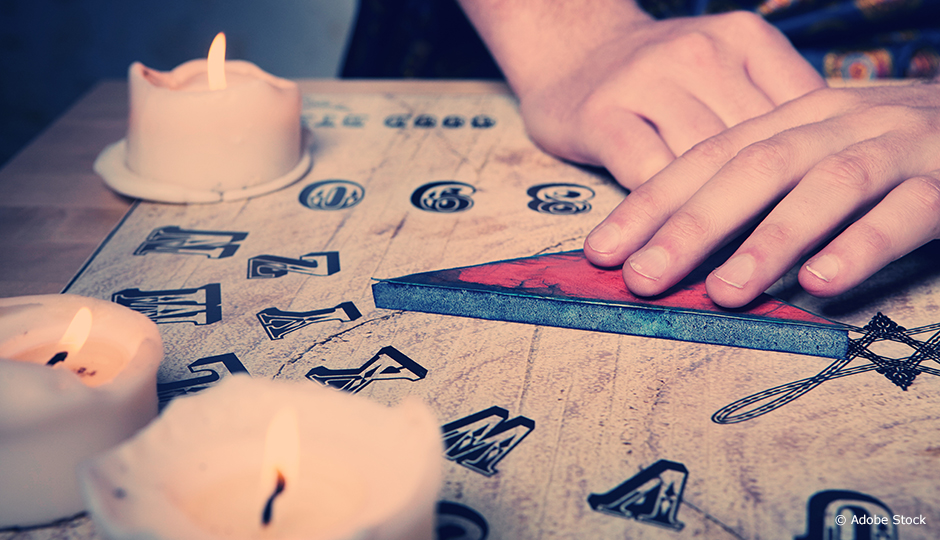How can paranormal beliefs and the teaching of science co-exist?
The recent work of Michel Bélanger, an education sciences researcher at Université du Québec à Rimouski (UQAR), provides some interesting answers to this question. The researcher conducted a survey of Cégep students and elementary, secondary and college teachers from 2012 to 2016.
The existence—or nonexistence—of such phenomena can be determined through observation and experimentation.
By definition, paranormal beliefs are contradictory to science because they do not comply with proven scientific principles. Yet these beliefs exist among students and even teachers. They constitute a parascientific culture that, in theory, has nothing to do with scientific culture.
This exploratory research aims to better understand young people’s and teachers’ attitudes towards the paranormal. Among students, two findings emerged. The Cégep students who were interviewed said they were willing to discuss the paranormal, regardless of their own positions, and they felt that the existence—or nonexistence—of such phenomena can be determined through observation and experimentation.
Among teachers, although the paranormal is considered a relevant academic subject, many admit that they feel uncomfortable teaching it and lament the lack of educational resources. Moreover, the paranormal is not part of the educational program, and it is not always easy to make room for it. Elementary teachers in particular feel poorly equipped and are afraid of committing a faux pas by calling into question religious or family beliefs.
Once analyzed, the findings will contribute to making the paranormal a legitimate topic of discussion with regard to scientific education and lay down the groundwork for the development of teaching tools and strategies.




